The sun is out in Sligo, with very little rainfall over the past six weeks, grass growth is slow and a heifer has sunburn.
“A heifer with sunburn?” you might ask. While moving heifers to their next paddock during the week, I noticed a heifer looking uncomfortable and the area around her eyes swollen.
All other heifers were content and grazing away in their new paddock. This particular Simmental heifer with a white head proceeded to lie down and was clearly unwell.
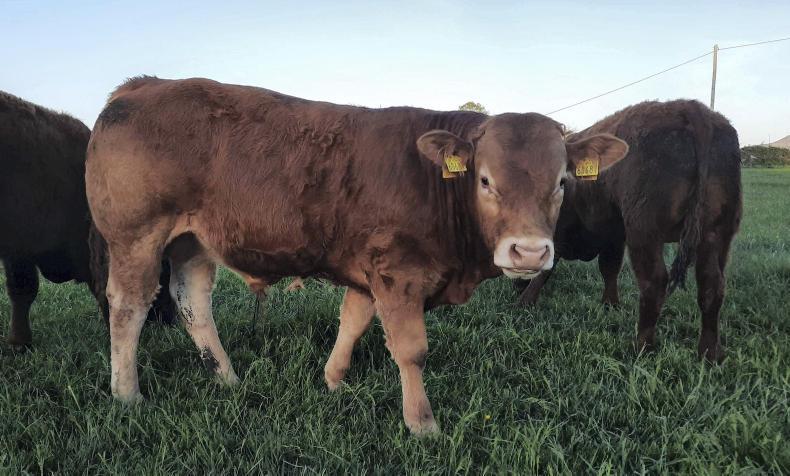
Bulls at grass on Trevor Boland's farm in Co Sligo.
On closer examination, her entire head appeared swollen and there was some redness on her nose.
The heifer was duly transported home, into a cool dark shed with some treatment for the inflammation and she is on the road to recovery.
Slow growth
Otherwise, across the farm, grass growth has slowed back down to 31kg DM/day. Demand is running at 50kg/day, so while fields allocated for silage at this time of year continue to be cut and baled, no surplus paddocks will be cut.
The first of the silage bales were wrapped last weekend and while the crop may appear light to some, I am really aiming for top-quality silage.
Autumn-calving cows require a diet of quality silage to avoid having to supplement with meal over the winter, which would add to costs and make the system uneconomical.
Similarly, when aiming for calving heifers at two years old, they need to be kept pushed on over the first winter and quality silage is the simplest and most cost-effective way to go.
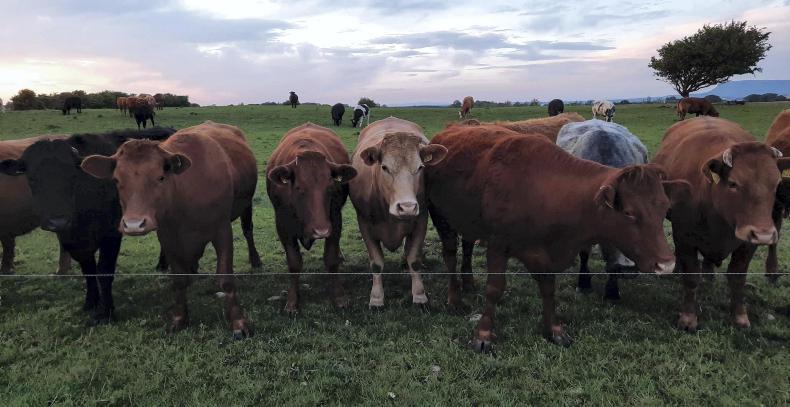
Sucklers on Trevor Boland's farm in Co Sligo.
Bulls were weighed during the week also and are performing well. The top bull is gaining an average of 2.65kg/day since last weighing. He was doing 1.38kg/day at his previous weighing, so his overall daily performance gain since turnout is 1.88kg/day.
Dosing
All other bulls, apart from one, are doing over 1.55kg/day on grass alone. While the bulls were in, they received a pour-on for fluke and worms and I will take dung samples in a couple of weeks to ensure the dose is working and that there is no continuing fluke or worm burden that may affect future performance.
Under the 2020 BEEP-S scheme, I sampled the cows and the pooled sample of 10 cows came back as negative for liver fluke, but positive for rumen fluke.
I am undecided as to what action to take, but as the cows are currently in good condition and showing no ill effects, I may wait until winter housing to dose these cows.
The sun is out in Sligo, with very little rainfall over the past six weeks, grass growth is slow and a heifer has sunburn.
“A heifer with sunburn?” you might ask. While moving heifers to their next paddock during the week, I noticed a heifer looking uncomfortable and the area around her eyes swollen.
All other heifers were content and grazing away in their new paddock. This particular Simmental heifer with a white head proceeded to lie down and was clearly unwell.

Bulls at grass on Trevor Boland's farm in Co Sligo.
On closer examination, her entire head appeared swollen and there was some redness on her nose.
The heifer was duly transported home, into a cool dark shed with some treatment for the inflammation and she is on the road to recovery.
Slow growth
Otherwise, across the farm, grass growth has slowed back down to 31kg DM/day. Demand is running at 50kg/day, so while fields allocated for silage at this time of year continue to be cut and baled, no surplus paddocks will be cut.
The first of the silage bales were wrapped last weekend and while the crop may appear light to some, I am really aiming for top-quality silage.
Autumn-calving cows require a diet of quality silage to avoid having to supplement with meal over the winter, which would add to costs and make the system uneconomical.
Similarly, when aiming for calving heifers at two years old, they need to be kept pushed on over the first winter and quality silage is the simplest and most cost-effective way to go.

Sucklers on Trevor Boland's farm in Co Sligo.
Bulls were weighed during the week also and are performing well. The top bull is gaining an average of 2.65kg/day since last weighing. He was doing 1.38kg/day at his previous weighing, so his overall daily performance gain since turnout is 1.88kg/day.
Dosing
All other bulls, apart from one, are doing over 1.55kg/day on grass alone. While the bulls were in, they received a pour-on for fluke and worms and I will take dung samples in a couple of weeks to ensure the dose is working and that there is no continuing fluke or worm burden that may affect future performance.
Under the 2020 BEEP-S scheme, I sampled the cows and the pooled sample of 10 cows came back as negative for liver fluke, but positive for rumen fluke.
I am undecided as to what action to take, but as the cows are currently in good condition and showing no ill effects, I may wait until winter housing to dose these cows.






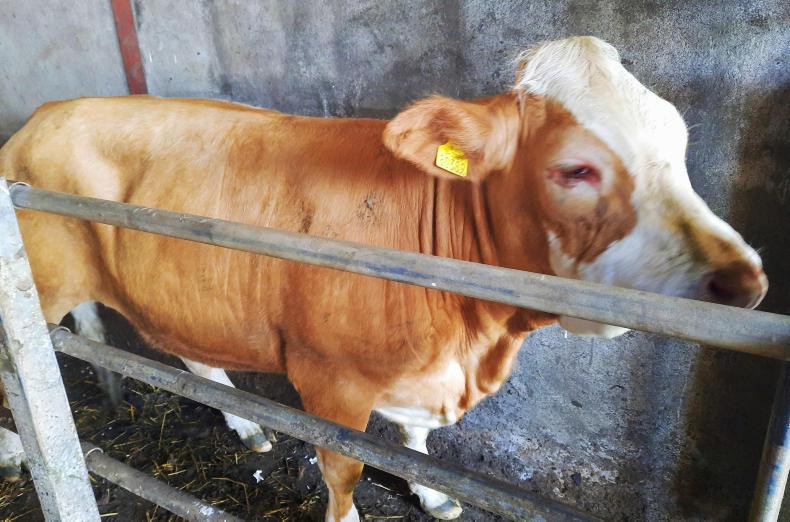

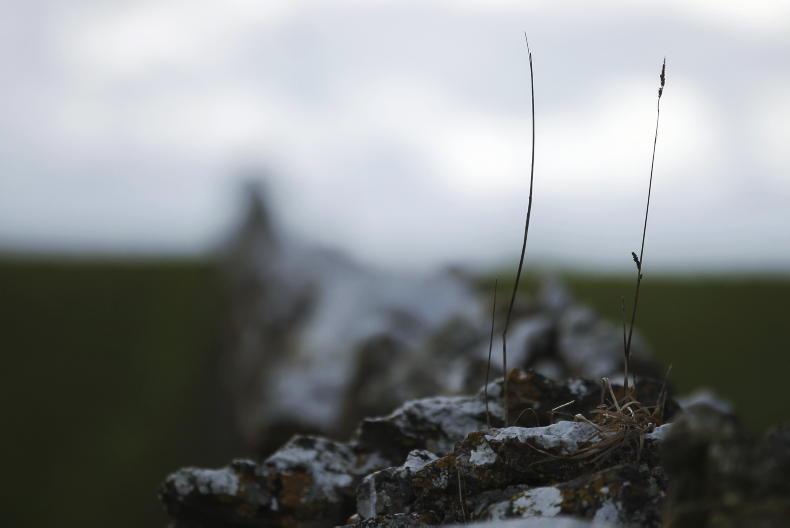
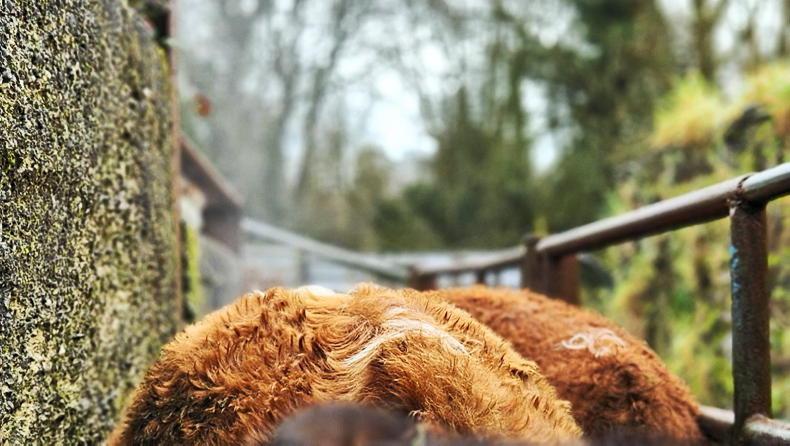
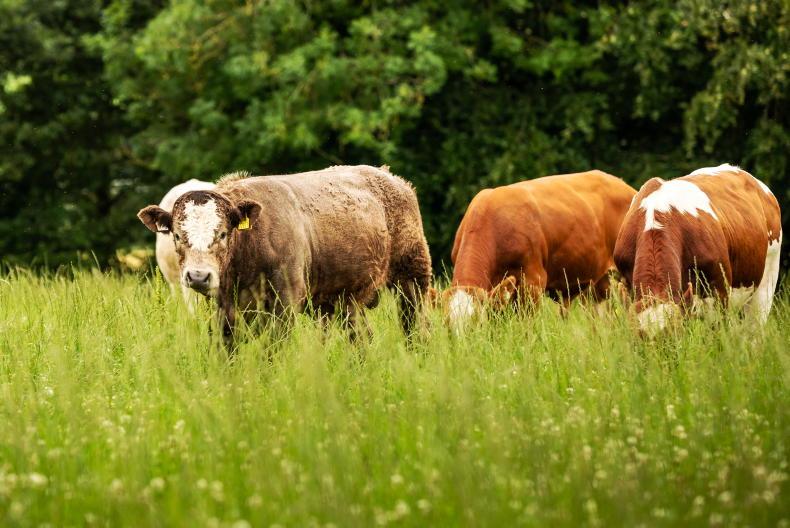
SHARING OPTIONS